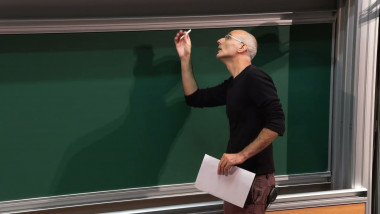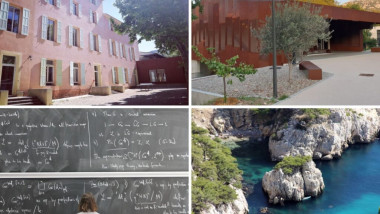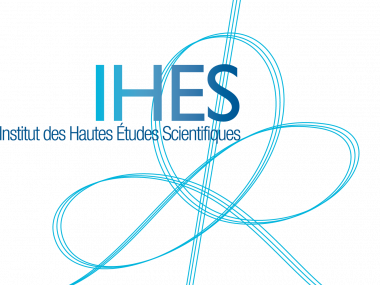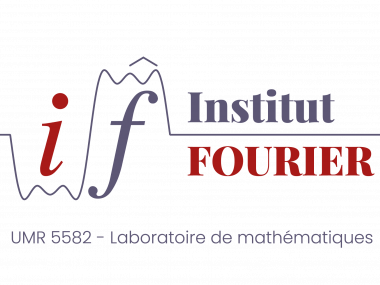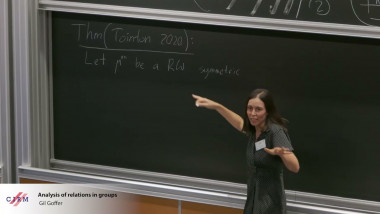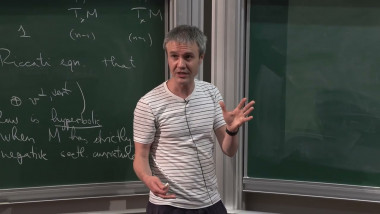Apparaît dans la collection : 2025 - T2 - WS1 - Higher rank geometric structures, Higgs bundles and physics
The Coulomb branch of any $N=2$ supersymmetric gauge theory on $\mathbb{R}^3\times\mathbb{S}^1$ is a complex integrable system, for instance a Hitchin system when the gauge theory belongs to class S. Notable historical examples include the Toda chains, corresponding to pure super Yang–Mills theories, and the elliptic Calogero–Moser systems, associated with the so-called $N=2*$ theories. Around 10–15 years ago, it was further recognized that a complete definition of a Yang–Mills theory in four dimensions must also specify its spectrum of Wilson–'t Hooft line operators, leading to what is now termed a global variant of a $4d$ gauge theory. This refinement plays a crucial role in understanding non-abelian electric–magnetic duality. While the choice of global variant has relatively mild consequences when the theory is considered on $\mathbb{R}^4$, it becomes much more significant when the theory is placed on $\mathbb{R}^3\times\mathbb{S}^1$—precisely the setup where the correspondence with integrable systems is most direct. Focusing on the case of Calogero–Moser systems, I will explain how the notion of a global variant for $N=2$ gauge theories translates into a corresponding notion for complex integrable systems, giving rise to families of integrable systems associated with Lie groups rather than Lie algebras—or more precisely, with global variants of Lie groups.
